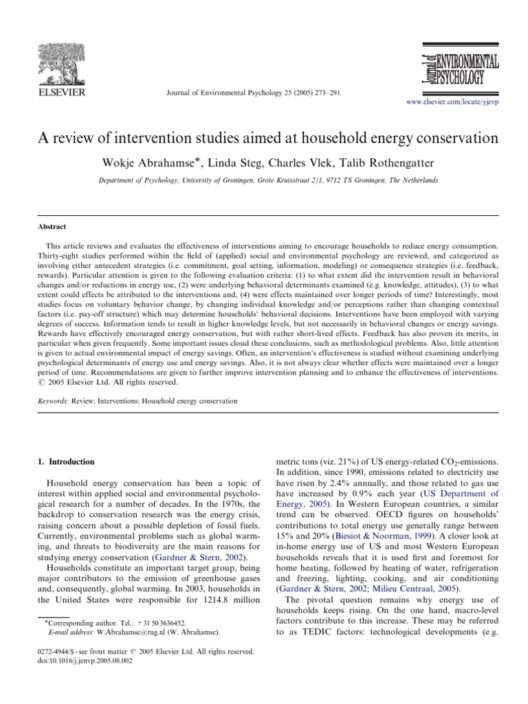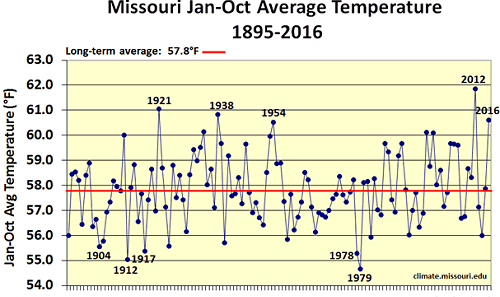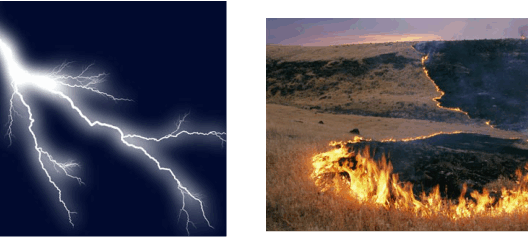Argentina, a land bursting with vibrancy and cultural allure, exhibits a climate as multifaceted as its diverse landscapes. From the windswept Pampas to the imposing Andes, the Argentine climate plays a crucial role in shaping not only the environment but also the spirit of its inhabitants. When we talk about Argentina, one cannot help but think of the tango, an elegant, passionate dance that has become synonymous with the nation’s cultural identity. Yet, beneath the rhythm of the tango lies an intriguing interplay between climate, geography, and society—a fusion that invites us to explore the depths of Argentina’s atmosphere.
With a latitude that stretches from the subtropics to the temperate zones, Argentina is a country where climatic conditions are anything but uniform. The diverse geography inherently dictates the climate, creating a rich tapestry of weather patterns that vary from region to region. The northern provinces, bordering Bolivia and Paraguay, bask in a subtropical climate characterized by hot summers and mild winters. Here, the tropical humidity clings to the skin like the embrace of a dance partner, fostering lush rainforests that vibrate with life. In stark contrast, as one travels south towards Patagonia, the climate morphs into a stark yet beautiful tableau of arid steppes and snow-capped mountains, where the wind whistles a different tune.
The Argentine climate, much like a passionate tango, is subject to dramatic shifts. The country is generally divided into four principal climatic zones: the north, the central region, the west, and the south. Each zone offers distinct weather patterns, evoking unique sensations akin to dance styles, from the lively steps of the basic tango to the contemplative movements of a milonga.
In the northern stretches, the subtropical warmth welcomes visitors with its open arms. This region experiences an average temperature of 20 to 35 degrees Celsius (68 to 95 degrees Fahrenheit) during the summer months. The lush rainfall enriches the soil, supporting bountiful agriculture that allows crops such as citrus fruits and soybeans to flourish. However, as the dance floor can become crowded, so too can the weather; severe thunderstorms can erupt, often exploding with the same ferocity as a passionate tango performance. The stark juxtaposition defines much of Argentina’s weather, with sunny skies often giving way to violent downpours in an instant.
The central region, often seen as the heartbeat of the nation, boasts a temperate climate, a delightful mixture that exhibits both warm summers and cold winters. Within the provinces of Mendoza and San Juan, the prolific production of wine—most famously Malbec—owes its success to the hot summers and cold, frosty nights. The climate serves as the perfect choreographer, dictating the rhythm of the grape’s development and the subsequent flavor of the wine. Here, the soil’s fertility tells a tale of struggles and triumphs, reminiscent of the narrative arc in a tango dance, where every step, every pause contributes to the rich storytelling.
As one navigates the western fringes, the influence of the Andes becomes apparent. The mountains not only obstruct rainfall, creating a rain shadow effect, but also present extreme variations in elevation, which results in microclimates. At higher altitudes, temperatures can plummet to well below freezing, painting a stark picture of contrast against the warmer valleys below. The high-altitude vineyards in Mendoza reveal this narrative vividly, producing wines with unique characteristics shaped by the intense sunlight and the cooler temperatures at night. The climate here is a testament to nature’s aptitude for creating exceptional artistry, mirroring the intricate steps of a tango that evolve within the confines of culture and boundaries.
Venturing further south into Patagonia, one encounters a very different climate—a realm defined by its dramatic landscapes and fierce winds. Here, the temperature can vary significantly, often plummeting as low as 10 degrees Celsius (50 degrees Fahrenheit) in summer, creating a stark reminder of nature’s formidable presence. The southern winds whip across the plains with a vigor that can be likened to the exhilarating rush of a tango dancer’s spin, unpredictable yet captivating in its intensity. Despite these harsh conditions, Patagonia is home to a diverse ecosystem, with unique flora and fauna adapted to survive in such an austere climate. These rugged environments contribute to the allure of the region, inviting adventurers and artists alike to find inspiration in their wild beauty.
Moreover, the shifting climate patterns due to global climate change cast an ominous shadow over Argentina’s diverse regions. The delicate balance is increasingly threatened as temperatures rise, precipitation patterns shift, and extreme weather events become more common. The tango may embody passion and persistence, yet as the country dances through the impending environmental challenges, it must remain vigilant and proactive. Collaborative efforts among citizens, government bodies, and organizations are essential to preserve the rich biodiversity and unique climates that define Argentina.
In conclusion, Argentina’s climate represents a dynamic tapestry, woven together by natural elements and human culture, much like the intricate steps of a tango. Each region tells a story, reflecting the nation’s geographical diversity and environmental richness. Whether it’s the warmth of the north or the chill of the south, the essence of Argentina resides in its blending of ecosystems, climates, and cultures. Just as the tango is a dance of contrast, quickening and slowing in perfect harmony, so too does the climate of Argentina embody a complex interplay that deserves our respect and protection. As environmental stewards, we have a profound responsibility to ensure that this vibrant dance continues for generations to come.








